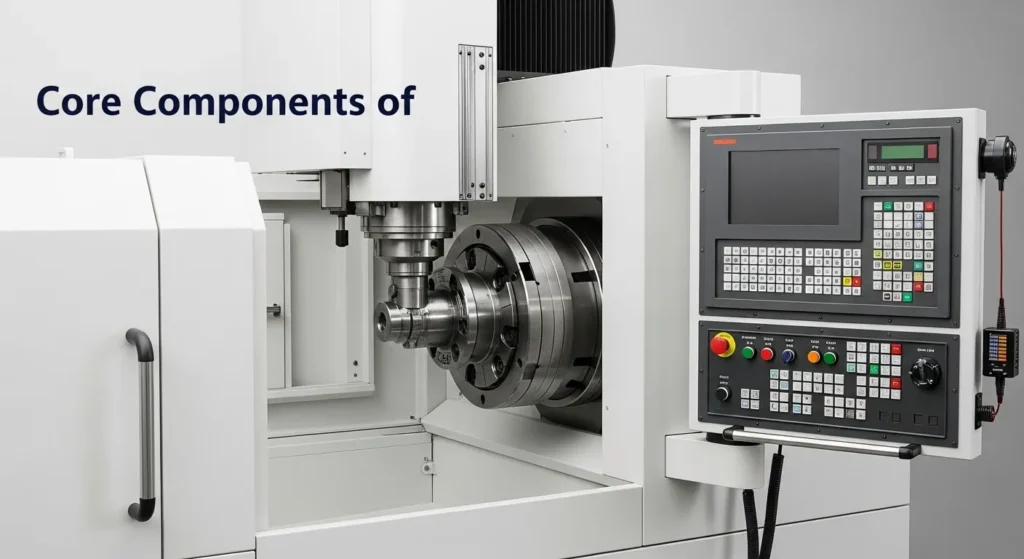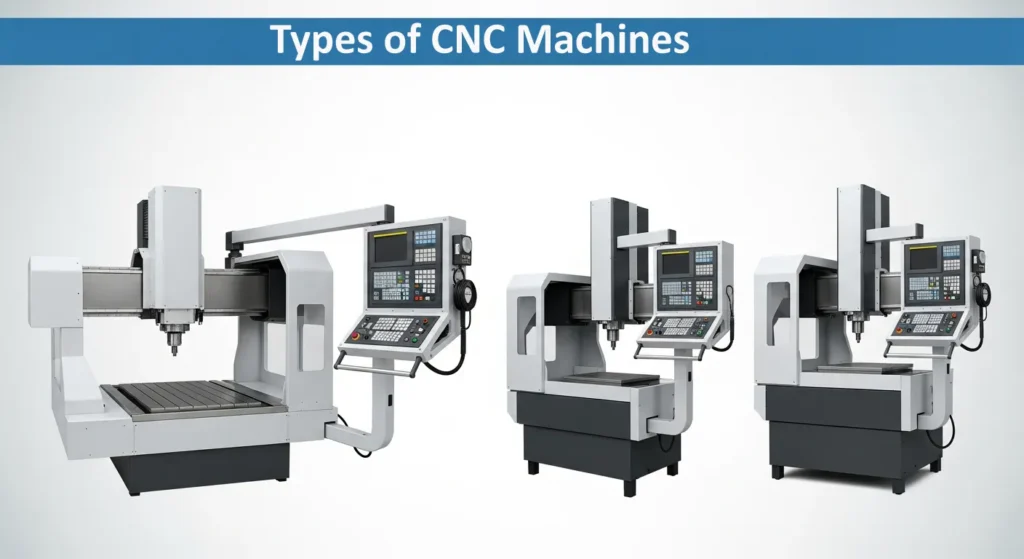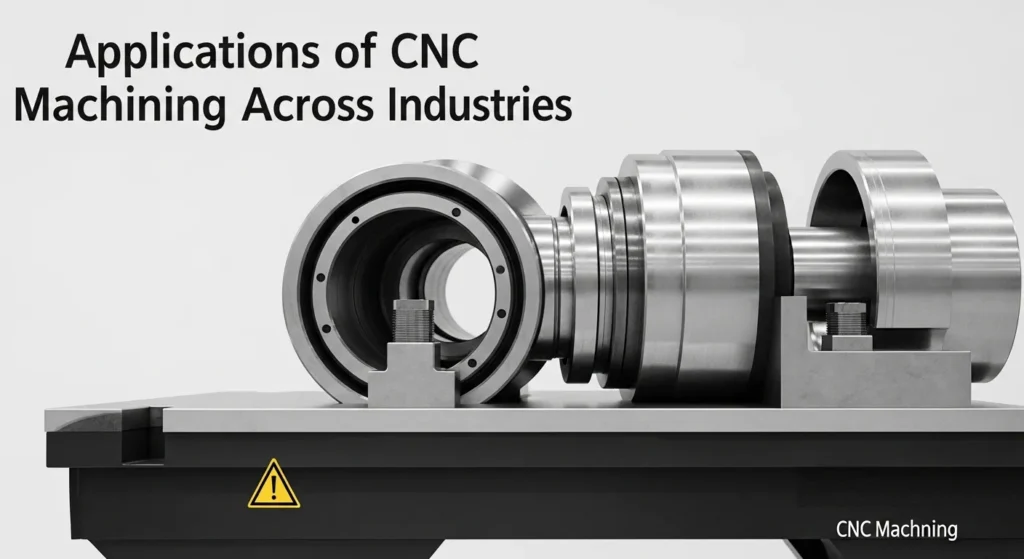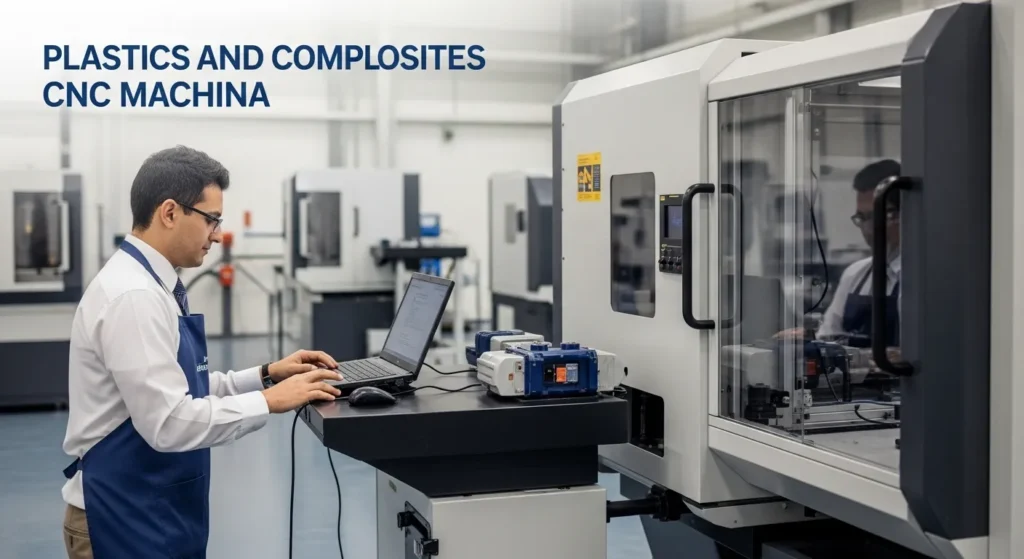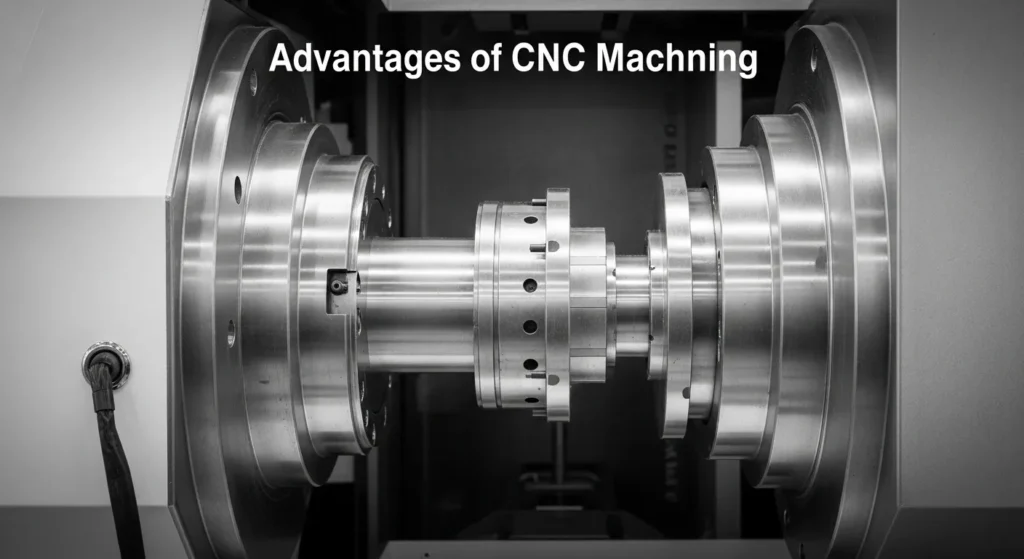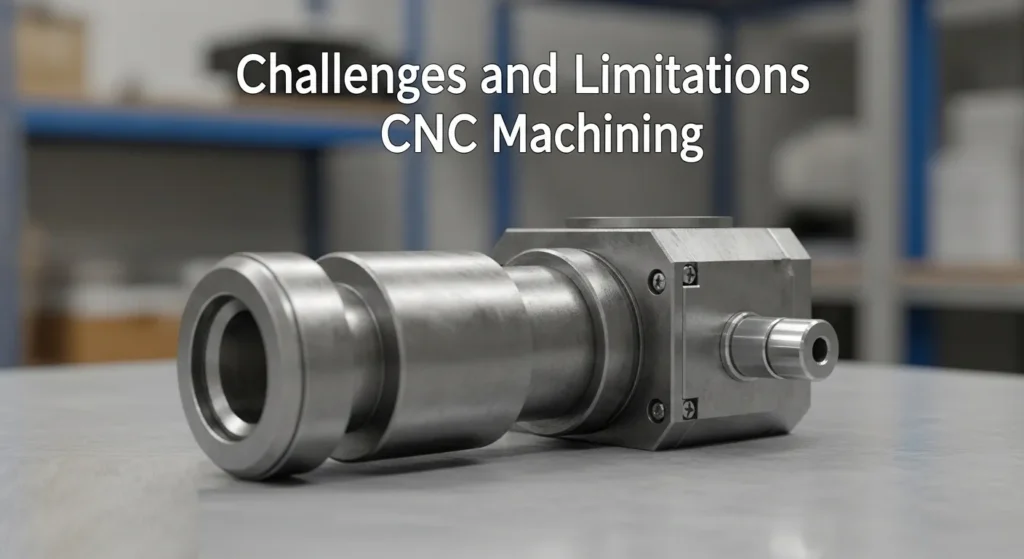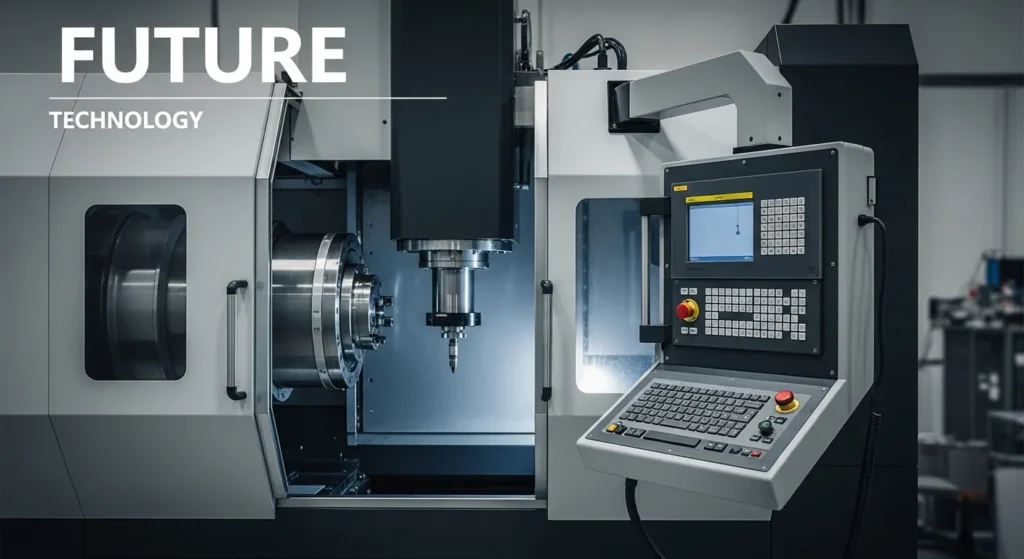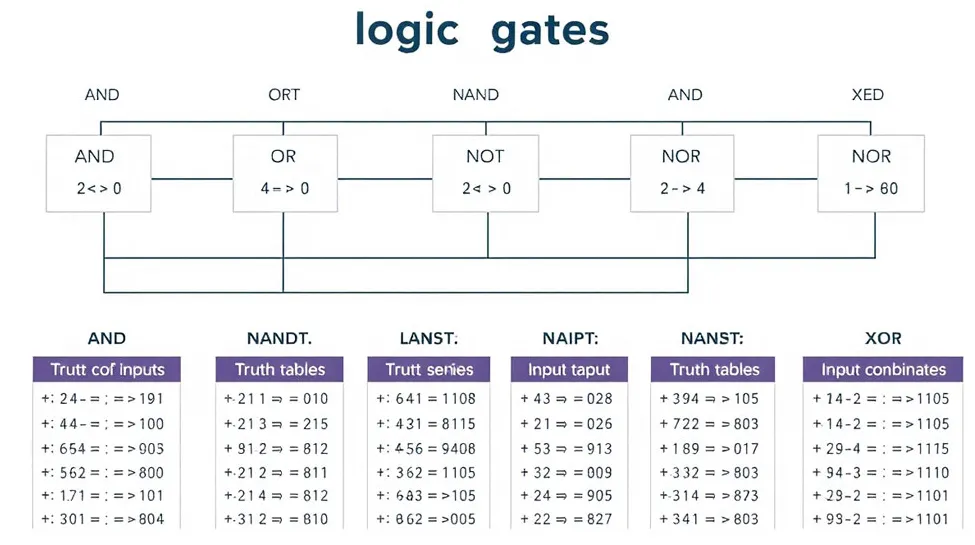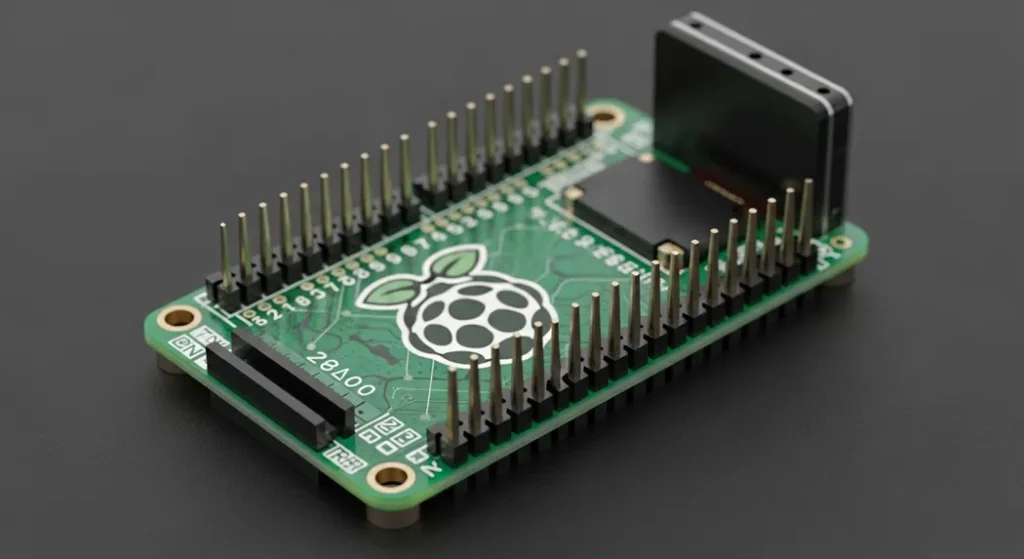Introduction to CNC Machine
What is CNC Machine?
CNC machine stands for Computer Numerical Control machining, and it is exactly what it sounds like machines that are controlled by computers to cut, shape, and form raw materials into finished parts. Imagine having a robotic sculptor: you feed it a digital blueprint of what you want maybe a car engine part, a smartphone frame, or even a metal sculpture and it carves the material with astonishing accuracy. That is the magic of CNC.
Instead of relying on manual hand movements, CNC machines follow a set of programmed instructions called G-code, which directs every cut, drill, and motion. These machines can work on a wide range of materials, including aluminum, steel, plastics, and wood. From aerospace components to dental implants, CNC machining is responsible for producing some of the most complex, high-precision, and safety-critical items in modern industry. What makes CNC machines truly special is their automation and consistency. The operator only needs to:
- Set up the job
- Load the program
- Secure the material
After that, the machine handles the rest cutting, drilling, milling, and sometimes even finishing operations. It’s the difference between hand-sawing wood versus using a laser-guided circular saw. But CNC technology is not just about speed; it’s about repeatability and quality. Whether you produce one part or one thousand, each will meet the same strict tolerance levels. That’s why CNC machining has become a game-changer in modern manufacturing. Today, CNC machines are the backbone of multiple industries, powering sectors such as:
- Aerospace (aircraft engines, turbine blades)
- Automotive (gearboxes, chassis components)
- Medical devices (surgical implants, orthopedic parts)
- Electronics (connectors, housings, heat sinks)
- Consumer goods (custom tools, decorative products)
From crafting precision aircraft components to producing lifesaving surgical implants, CNC technology ensures accuracy, scalability, and efficiency unmatched by manual methods.
A Brief History and Evolution of CNC Technology
The origins of CNC technology stretch back to the post-World War II era, when industries urgently needed faster, more precise, and repeatable ways to manufacture parts. In the late 1940s and early 1950s, engineers began experimenting with Numerical Control (NC) using punched paper tape to guide machine tools. These early systems were basic, but they laid the foundation for automation in machining. By the 1960s and 1970s, as digital computers matured, NC evolved into CNC (Computer Numerical Control). Instead of relying on fragile physical tapes, CNC programs were transferred using floppy disks and later computer networks. This allowed machines to be reprogrammed quickly, making manufacturing more flexible and efficient.
Over the following decades, the evolution of CNC machines was driven by software. The introduction of CAD (Computer-Aided Design) and CAM (Computer-Aided Manufacturing) revolutionized the industry, enabling engineers to design complex geometries on computers and automatically generate toolpaths for machining. This eliminated much of the trial-and-error approach of earlier times. In recent years, CNC machining has entered a new era of intelligence, integrating with:
- AI (Artificial Intelligence): CNC systems can now self-optimize tool paths, predict tool wear, and adjust cutting speeds in real time.
- IoT (Internet of Things): Machines can be connected to production networks for real-time monitoring, predictive maintenance, and cloud-based reporting.
- Sensors & Automation: Modern CNC machines detect anomalies, prevent crashes, and maximize tool life with minimal operator input.
From simple punched tape to today’s smart, connected, and AI-driven systems, CNC technology has undergone remarkable transformation. And the journey is far from over. In the future, CNC will continue to blend with robotics, additive manufacturing (3D printing), and sustainable production methods, shaping the factories of tomorrow.
The Core Components of a CNC Machine

A CNC machine may look like a single unit from the outside, but inside, it is a carefully integrated system where every component plays a crucial role. Understanding these components is essential for students, operators, and engineers alike.
1. The CNC Controller – The Brain of the Machine
The controller is the command center of a CNC machine. It interprets the G-code instructions and translates them into electrical signals that control motors, actuators, and tool movements. Think of it as the conductor of an orchestra directing every axis movement, tool change, and spindle rotation in perfect harmony. Modern controllers are not just instruction readers; they are highly intelligent systems capable of:
- Managing spindle speed, torque, and positioning with micrometer accuracy.
- Detecting tool wear or anomalies in real-time.
- Offering touchscreen interfaces with Wi-Fi or Ethernet for remote monitoring and diagnostics.
- Running simulations before execution to prevent collisions or tool breakage.
When the controller fails, the entire machine stops. That’s why regular updates and maintenance are critical. In fact, upgrading a controller can often feel like you’ve bought an entirely new machine with advanced features.
2. Machine Bed and Frame – The Backbone
The bed and frame form the structural foundation of a CNC machine. A rigid frame ensures that vibrations are minimized during high-speed operations, which is vital for maintaining precision. Different machine types use different frame designs:
- Gantry-style frames: Common in routers, for handling large sheets of material.
- Box frames: Typically used in lathes, designed for rigidity.
- Bridge-type frames: Found in large milling machines for heavy-duty work.
High-quality frames are usually made from cast iron, steel, or composite alloys, chosen for their vibration-damping properties. Even the geometry of the base is carefully designed to distribute loads and maintain accuracy over long production cycles. A solid bed also secures fixtures like vises, clamps, or vacuum tables to keep the workpiece stable.
3. Spindle, Axes, and Tool Holders – Where the Cutting Happens
The spindle is the heart of the cutting action. It spins the cutting tool at extremely high speeds sometimes exceeding 20,000 RPM while maintaining stable torque and precision. CNC machines operate along multiple axes:
- X-axis: Side-to-side movement
- Y-axis: Front-to-back movement
- Z-axis: Vertical movement
- A, B, C axes: Rotational movements (in advanced multi-axis machines)
The more axes a machine has, the more complex geometries it can produce without repositioning the part. For example, a 5-axis CNC machine can machine nearly every surface of a component in a single setup. The tool holders secure the cutting tool within the spindle. Even a slight imbalance or wobble in the holder can lead to errors, tool wear, or scrapped parts. Common types include ER collets, BT holders, and CAT holders. Together, the spindle, axes, and tool holders ensure that the machine’s movements are both powerful and precise.
Understanding the CNC Process
The magic of CNC machining lies not only in the hardware but also in the seamless process that converts a digital idea into a physical product. At its core, the CNC process can be broken down into a few key stages:
1. Designing the Part – CAD Modeling
Every CNC journey begins with a Computer-Aided Design (CAD) model. Engineers, designers, or students use software like AutoCAD, SolidWorks, or Fusion 360 to create a 2D drawing or 3D model of the part. A good CAD design must include:
- Exact dimensions and tolerances (down to micrometers if needed).
- Material specifications (metal, plastic, composite, etc.).
- Surface finish requirements for aesthetics and functionality.
2. Converting Design into CNC Code – CAM Programming
Once the design is ready, the CAD file is imported into a Computer-Aided Manufacturing (CAM) software. Here, the machining strategy is planned—tool paths, cutting sequences, feed rates, and spindle speeds are all defined. The CAM software then generates a G-code, the universal language of CNC machines. This code consists of instructions like:
- G01: Linear cutting move.
- G02/G03: Circular interpolation moves.
- M03: Start spindle rotation clockwise.
- M05: Stop spindle.
By combining thousands of such commands, the machine executes complex geometries with precision.
3. Machine Setup – Fixture, Tools, and Calibration
Before the program is executed, operators prepare the CNC machine. This step includes:
- Securing the workpiece using vises, clamps, or vacuum tables.
- Selecting and loading the right cutting tools, ensuring they are sharp and balanced.
- Calibrating tool offsets and work coordinate systems, so the machine knows the exact position of the material.
Even the most advanced CNC machines require human expertise at this stage. Incorrect setup can result in costly errors, tool breakage, or wasted material.
4. Execution – Machining in Action
Once everything is ready, the CNC program is executed. The machine follows the G-code commands, cutting away material layer by layer until the final product is formed.
Modern CNC systems allow for:
- Dry runs (simulation without cutting) to detect errors.
- In-process probing to measure dimensions mid-operation.
- Adaptive feed rates where the machine adjusts speed depending on cutting resistance.
This stage is where theory becomes reality where precision tools meet raw material to create functional components.
5. Finishing and Quality Control
After machining, parts often undergo finishing processes such as deburring, polishing, or coating to improve durability and appearance. Finally, parts are inspected using Coordinate Measuring Machines (CMMs), laser scanners, or high-precision gauges to ensure they meet design tolerances. For industries like aerospace and medical devices, this quality control step is as critical as machining itself.
From CAD to CAM: The Digital Foundation
Design is everything in CNC. Without a proper CAD file the rest of the process can’t even begin. CAD (Computer-Aided Design) tools allow designers to create intricate geometries that might be impossible to draw by hand.
But a design is just a visual representation. To make it real you need CAM software which stands for Computer-Aided Manufacturing. CAM tools translate the design into instructions for the machine like a translator turning a poem into another language. You’ll define:
- Tool types and sizes
- Cutting speeds and feeds
- Tool paths
- Work holding strategy
The CAM software simulates the machining operation to ensure there are no collisions or inefficiencies. Once you’re satisfied you generate the G-code and that file becomes the lifeblood of your CNC machine.
This digital foundation CAD + CAM is what makes modern CNC machining so powerful. It eliminates guesswork and delivers precision every time.
Types of CNC Machines

CNC machines are not a one-size-fits-all solution. They come in various forms, each designed for specific operations, materials, and industries. Knowing the different types helps students, engineers, and manufacturers choose the right tool for the job.
CNC Milling Machines
Perhaps the most common and versatile, CNC milling machines use rotating cutting tools to remove material from a workpiece. They can handle metals, plastics, composites, and even wood.
- Operate across 3 to 5 axes (X, Y, Z, and sometimes A/B rotational axes).
- Ideal for producing complex geometries, pockets, and contours.
- Common in industries such as automotive, aerospace, mold-making, and prototyping.
Modern 5-axis milling machines can complete parts in a single setup, reducing time and ensuring higher precision.
CNC Lathes and Turning Centers
CNC lathes are used to create cylindrical parts by rotating the workpiece against cutting tools.
- Specialized for shafts, pipes, bushings, and threaded parts.
- Capable of both external and internal turning operations.
- Advanced turning centers combine milling and drilling, making them multi-functional machines.
They are widely used in oil & gas, automotive, and aerospace industries, where round precision parts are essential.
CNC Routers
CNC routers are primarily used for softer materials like wood, plastics, foams, and aluminum sheets.
- Large working areas suitable for furniture, signage, and architectural models.
- Typically operate at high speeds but lower cutting forces compared to mills.
- Often used by small businesses and hobbyists due to their affordability and ease of use.
CNC Plasma Cutters
CNC plasma machines use a high-temperature plasma torch to cut electrically conductive materials.
- Effective for steel, stainless steel, and aluminum sheets.
- Widely used in construction, shipbuilding, and automotive repair.
- Known for fast cutting speeds, though less precise compared to laser cutting.
CNC Laser Cutters
Laser cutters use a highly focused beam of light to cut or engrave materials.
- Extremely precise, capable of micrometer-level accuracy.
- Can cut metals, plastics, ceramics, and even fabrics.
- Often used in electronics, jewelry, and aerospace applications.
Some machines even combine laser cutting and engraving, expanding their range of use.
CNC Electrical Discharge Machines (EDM)
EDM machines use controlled electrical sparks to erode material, making them perfect for hard metals or intricate cavities.
- Two main types: Wire EDM (for cutting profiles) and Sinker EDM (for molds and dies).
- Ideal for tool & die industries, aerospace, and medical applications.
- Capable of producing shapes that traditional cutting tools cannot achieve.
Multi-Axis and Hybrid Machines
Modern manufacturing often requires versatility. Hybrid CNC machines combine milling, turning, and even additive manufacturing (3D printing) into a single unit.
- Save floor space and reduce material handling.
- Provide unmatched flexibility for complex parts.
- Increasingly common in aerospace, defense, and R&D sectors.
Applications of CNC Machines
The versatility of CNC technology makes it indispensable across countless industries. From everyday products to mission-critical components, CNC machines deliver the precision, speed, and repeatability that modern manufacturing demands. Aerospace Industry. In aerospace, safety and precision are non-negotiable. CNC machines are used to produce:
- Turbine blades with complex aerodynamic shapes.
- Engine components that must withstand extreme heat and stress.
- Lightweight structural parts made from titanium and composites.
💡 Even the smallest defect in aerospace parts can be catastrophic, which is why CNC machining remains the gold standard.
Automotive Industry: CNC machining powers both mass production and customization in the automotive sector.
- Manufacturing engine blocks, pistons, and gear components.
- Producing molds and dies for car body panels.
- Enabling rapid prototyping for concept cars and performance upgrades.
High-speed CNC lathes and mills ensure that vehicles are built with both performance and safety in mind.
Medical and Healthcare : The medical industry relies heavily on CNC for its demand for ultra-precise, sterile, and biocompatible parts.
- Surgical instruments like scalpels, forceps, and clamps.
- Orthopedic implants such as knee and hip replacements.
- Dental prosthetics and aligners for patient-specific solutions.
CNC machining ensures not only accuracy but also repeatability at scale, critical for patient safety.
Electronics and Technology : In electronics, CNC machines are used to create:
- Circuit boards and enclosures.
- Heat sinks and housings for smartphones and laptops.
- Micro-components for semiconductors and sensors.
The demand for miniaturization makes CNC machining ideal for producing compact yet durable parts.
Defense and Military : Defense manufacturing requires parts that can withstand extreme environments. CNC machines are used for:
- Weapon components (rifle parts, barrel assemblies).
- Vehicle armor and structural frames.
- Radar and communication equipment housings.
Here, CNC machining provides both security and reliability.
Energy Sector : From renewable energy to oil & gas, CNC plays a key role:
- Wind turbine hubs and blades.
- Pipeline valves and drilling components.
- Nuclear reactor parts, where tolerance levels are extremely strict.
CNC machining helps build the infrastructure that powers the world.
General Manufacturing & Everyday Products: Beyond specialized industries, CNC machines contribute to everyday life:
- Furniture and cabinetry.
- Sports equipment.
- Customized consumer products (engraved items, fashion accessories).
Materials Used in CNC Machining
Metals
Metal is the lifeblood of CNC machining. From aerospace to automotive metals are machined daily into high-strength high-performance components.
Common metals include:
- Aluminum: Lightweight corrosion-resistant and easy to machine. Great for prototypes and aerospace.
- Steel: Strong and durable. Used in automotive industrial equipment and construction.
- Stainless Steel: Resistant to corrosion and heat. Ideal for medical food-grade and marine parts.
- Titanium: Incredibly strong yet light. Perfect for aerospace and medical implants.
- Brass and Copper: Good electrical conductivity. Often used in electronics and plumbing.
Each metal behaves differently under the cutter. Aluminum is forgiving and fast to machine while titanium requires slower feeds special tooling and coolant to prevent overheating. Choosing the right metal depends on:
- Strength requirements
- Corrosion resistance
- Thermal tolerance
- Weight constraints
- Cost considerations
Machinists must also consider tool wear. Harder metals like stainless steel or Inconel can dull tools quickly so the right tooling and cutting parameters are critical.
Plastics and Composites

Don’t overlook plastics they play a huge role in CNC machining especially in industries like medical devices consumer products and electronics.
Popular CNC plastics include:
- ABS: Common in prototypes and enclosures.
- Nylon: Durable and impact-resistant.
- POM (Delrin): Low friction and good dimensional stability.
- PTFE (Teflon): Excellent chemical resistance and temperature tolerance.
Advantages of CNC Machining

Like any technology, CNC machines come with strengths that make them indispensable, as well as limitations that must be considered. A balanced view helps students, engineers, and industries make informed decisions.
Advantages of CNC Machines
Unmatched Precision and Accuracy: CNC machines operate with tolerances as tight as ±0.001 mm, making them ideal for aerospace, medical, and electronics industries where even a minor error can lead to failure.
Consistency and Repeatability: Once a program is created, CNC machines can reproduce identical parts hundreds or thousands of times without variation something impossible with manual machining.
Complex Part Production: Multi-axis CNC machines can handle geometries too complex for human machinists, such as turbine blades, molds, or custom implants.
Time and Cost Efficiency: While setup may take time, once programmed, CNC machines can run 24/7 with minimal supervision, reducing labor costs and increasing throughput.
Flexibility Across Materials: CNC machines can work with metals, plastics, composites, wood, and ceramics, making them suitable for almost any industry.
Integration with Modern Technology: Advanced CNC systems integrate with IoT, AI, and digital twins, enabling predictive maintenance, remote monitoring, and smart factories.
Challenges and Limitations

Limitations of CNC Machines
High Initial Investment : CNC machines and their accessories can be expensive, especially for small businesses. A high-end 5-axis machine may cost as much as a luxury car.
Skilled Programming Required: Although user-friendly software exists, creating efficient CNC programs still requires knowledge of CAD/CAM and machining principles. Poor programming can waste material and time.
Maintenance and Downtime: CNC machines require regular calibration, tool replacement, and software updates. Unexpected breakdowns can halt production completely.
Material Wastage in Subtractive Manufacturing: CNC machining is inherently subtractive, meaning excess material is cut away. For some industries, this can lead to higher costs compared to additive manufacturing (3D printing).
Energy Consumption: High-speed spindles, cooling systems, and automation units consume significant amounts of energy, raising operational costs.
Balanced Perspective: Despite their limitations, CNC machines remain the backbone of modern manufacturing. For industries requiring high precision, reliability, and large-scale production, the benefits far outweigh the drawbacks.
Future of CNC Technology

CNC technology has already transformed manufacturing, but its evolution is far from over. As industries move toward smart factories and Industry 4.0, CNC machines are becoming more intelligent, connected, and versatile.
Integration with Artificial Intelligence (AI): Future CNC systems will use AI to:
- Optimize tool paths automatically for faster, more efficient machining.
- Predict tool wear and failures before they occur, reducing downtime.
- Learn from historical machining data to improve accuracy with every production cycle.
This makes machines not just programmable, but self-learning systems.
Hybrid Manufacturing (CNC + 3D Printing) Traditional CNC machining is subtractive, but when combined with additive manufacturing, it opens new possibilities:
- Hybrid CNC machines will allow parts to be 3D printed and then precision-machined in a single setup.
- Reduces material waste while keeping the accuracy of CNC machining.
- Already gaining traction in aerospace, defense, and medical industries.
IoT and Smart Factories CNC machines are becoming part of the Industrial Internet of Things (IIoT). Connected machines can:
- Report performance data in real-time.
- Be monitored and controlled remotely.
- Automatically schedule maintenance when needed.
This integration creates a data-driven manufacturing ecosystem where decisions are faster and smarter.
Sustainability and Green Manufacturing As industries face pressure to reduce carbon footprints, CNC machines will evolve to:
- Use eco-friendly coolants and lubricants.
- Incorporate energy-efficient motors and drives.
- Optimize cutting strategies to minimize material wastage.
Sustainability will not just be a trend it will be a requirement for competitiveness.
Increased Accessibility for Small Businesses and Education With advancements in software and hardware, CNC machines are becoming more:
- Affordable and compact, making them accessible to startups and workshops.
- User-friendly, with intuitive interfaces that reduce the learning curve.
- Common in educational institutions, preparing the next generation of engineers and machinists
Conclusion
CNC machining has revolutionized the way we build design and innovate. From its humble beginnings with punch tape to the cutting-edge AI-driven systems of today CNC has evolved into a powerhouse of precision efficiency and scalability. Whether you’re manufacturing a single prototype or thousands of parts CNC offers the flexibility and control needed to succeed. more than just machines and metal the engine driving modern industry forward. The future of CNC is not just about making machines faster or more accurate it’s about making them smarter, greener, and more accessible. From aerospace giants to small-scale innovators, CNC technology will continue to be the driving force of modern manufacturing.
For those just stepping into this world it might seem overwhelming. But as you peel back the layers from design to machining materials to maintenance you begin to see the art and science behind every component. CNC isn’t just the future. It the present shaping everything from smartphones and cars to rockets and lifesaving medical devices.
FAQs
What is the difference between CNC and manual machining?
CNC machining is computer-controlled ensuring consistent and automated production. Manual machining requires human operation which is less precise and more labor-intensive.
How long does it take to learn CNC machining?
It depends on your goals. Basic CNC operation can be learned in a few weeks while mastering programming setup and troubleshooting can take months or even years.
Can CNC machines create 3D shapes?
Yes. With the right programming and toolpaths CNC machines especially 5-axis ones can create complex 3D geometries and intricate contours.
What software is used for CNC programming?
Common CAD/CAM software includes Fusion 360 SolidWorks Mastercam and AutoCAD. These tools help design parts and generate the G-code used by CNC machines.
Is CNC machining good for one-off parts or mass production?
Both! CNC is excellent for prototypes and custom parts due to its flexibility. It also ideal for mass production because of its precision and repeatability.
Reference Links:
- Learn more about the evolution of CNC technology on Wikipedia: CNC Machining.
- For a detailed article on automation in manufacturing, read this BBC article on CNC Machines.
- For a step-by-step guide on the CNC process, visit WikiHow: How CNC Machines Work.


